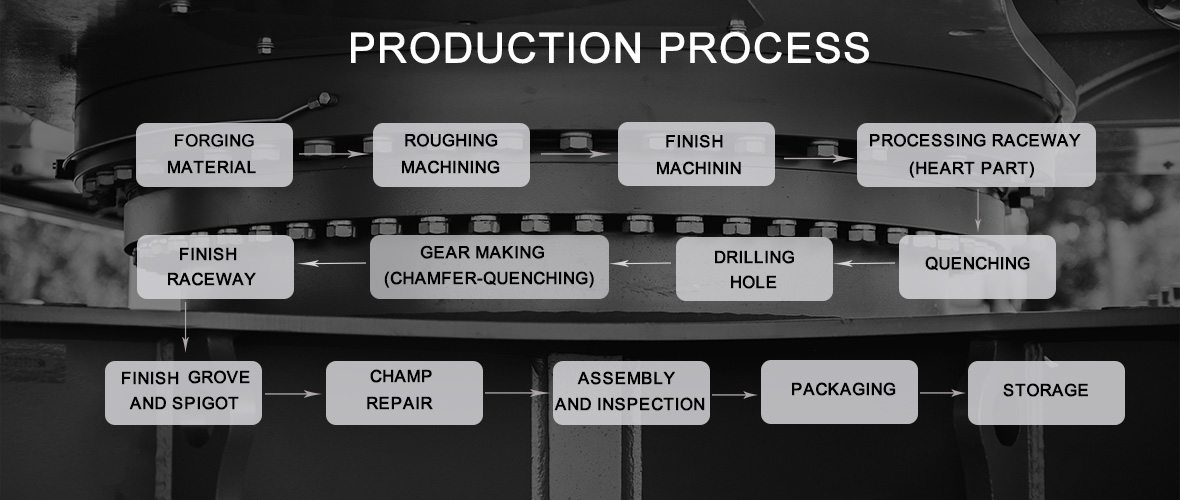Common Bearing Materials Imagine world
Common Bearing Materials Imagine world
Blog Article

Imagine a world where every machine you rely on, from your car to your refrigerator, operates smoothly without a hitch. The secret behind this seamless operation often lies in the humble bearing. These vital components are essential for reducing friction and supporting rotating parts, but their effectiveness is heavily influenced by the materials from which they are made. Understanding the various material choices for bearings can significantly impact performance, durability, and cost. But what exactly should you consider when selecting the right bearing material for your application?
Common Bearing Materials
Bearings can be crafted from a variety of materials, each offering unique benefits and drawbacks. The most commonly used materials include:
Steel
Steel bearings are perhaps the most prevalent due to their strength and durability. Often used in high-load applications, such as automotive and industrial machinery, steel bearings can withstand significant wear. Stainless steel is a popular choice for environments prone to corrosion, such as in food processing or marine applications. However, steel's susceptibility to rust can be a drawback, making proper lubrication and maintenance essential.
Plastic
Plastic bearings, made from polymers such as nylon or acetal, are ideal for applications where weight reduction is crucial or where corrosion resistance is required. They are lightweight, cost-effective, and can operate in environments where metal bearings would fail, such as in chemical processing. However, they may have lower load capacities and wear resistance compared to their metal counterparts.
[IMAGE]
Ceramic
Ceramic bearings, made from materials like silicon nitride, are gaining popularity in high-performance applications. They are incredibly hard and resistant to wear, making them suitable for extreme conditions like high speeds or temperatures. Additionally, ceramic bearings are non-magnetic and have excellent corrosion resistance. However, they tend to be more expensive, which can be a consideration for budget-sensitive projects.
Factors Influencing Material Choice
When selecting bearing materials, several factors come into play. First, consider the operating environment. Will the bearings be exposed to high temperatures, corrosive substances, or heavy loads? Next, think about the required lifespan and maintenance. Some materials, like plastics, may require more frequent replacement compared to steel or ceramics. Finally, budget constraints can also dictate material choice; while ceramics offer superior performance, they might not be feasible for all applications.
Another critical aspect is the compatibility of the bearing material with the lubricants used. Some materials may degrade or react with certain lubricants, leading to premature failure. For instance, while plastic bearings can be used with various lubricants, they often perform best with specific types tailored for their material properties.
This leads us to a crucial consideration: Bearings: Material choices can directly affect performance, cost-efficiency, and longevity, making it essential to align your selection with your operational requirements.
The Future of Bearing Materials
As industries advance, research into new materials continues. Innovations in composites and hybrid materials are paving the way for better performance and sustainability. For example, combining ceramic and metal elements can yield bearings that capitalize on the strengths of both materials while minimizing weaknesses.
In summary, the choice of bearing material is not merely a technical decision but a strategic one that can impact the entire lifecycle of equipment. By understanding the unique properties of each material, you can make informed choices that enhance performance while optimizing costs. Whether you opt for the rugged reliability of steel, the lightweight nature of plastics, or the high-performance characteristics of ceramics, knowing your options is the first step toward successful machinery operation.
Report this page